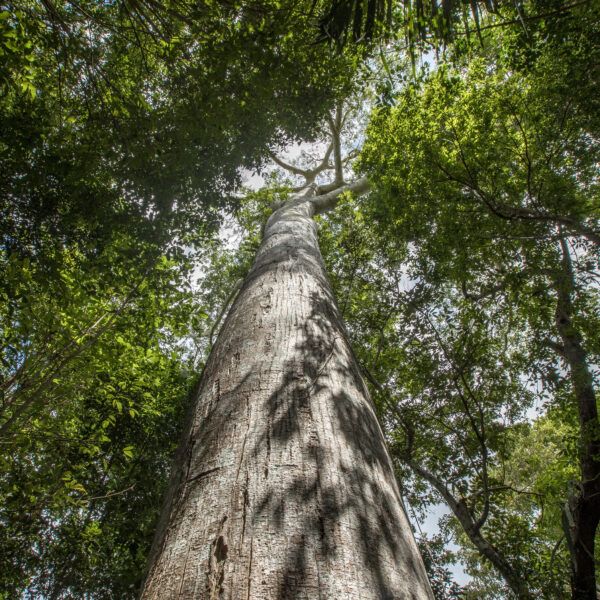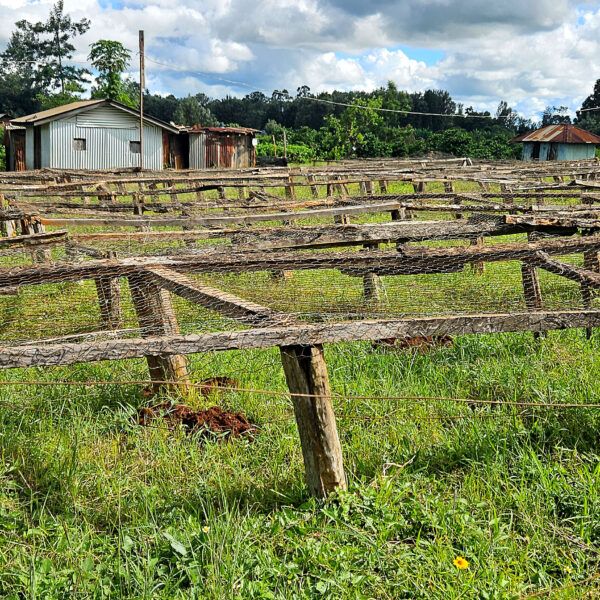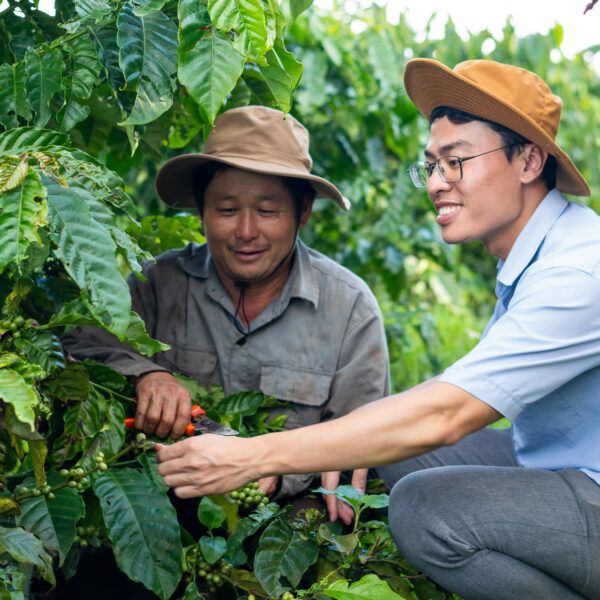Guatemala is one of the most biodiverse countries in the world. The Maya Biosphere Reserve (MBR), the largest protected area in Central America, boasts an astounding diversity of plant and animal life, as well as many Maya ruins and local native communities.
Forests in the MBR and throughout the country provide critical environmental services such as soil protection, carbon sequestration, regulation of hydrologic cycles, and habitat for emblematic species such as the jaguar.
Unfortunately, the rate of deforestation in Guatemala has skyrocketed over the past decade. More than 130,000 hectares of forest were destroyed in 2010—up from 93,000 in 2001. Although Guatemala has one of the lowest carbon footprints per capita, it is one of the most vulnerable to the effects of climate change, according to the Global Climate Risk. Guatemala’s location makes it particularly susceptible to the weather phenomenon known as El Niño, which leads to inadequate rainfall, significant crop failures, and increased forest fires.
This increasing climate vulnerability further jeopardizes food security in a country that already suffers the highest rate of chronic malnutrition in Latin America. Persistent environmental degradation, poor land-use planning, and weak institutions further contribute to Guatemala’s climate vulnerability.
Location
Guatemala
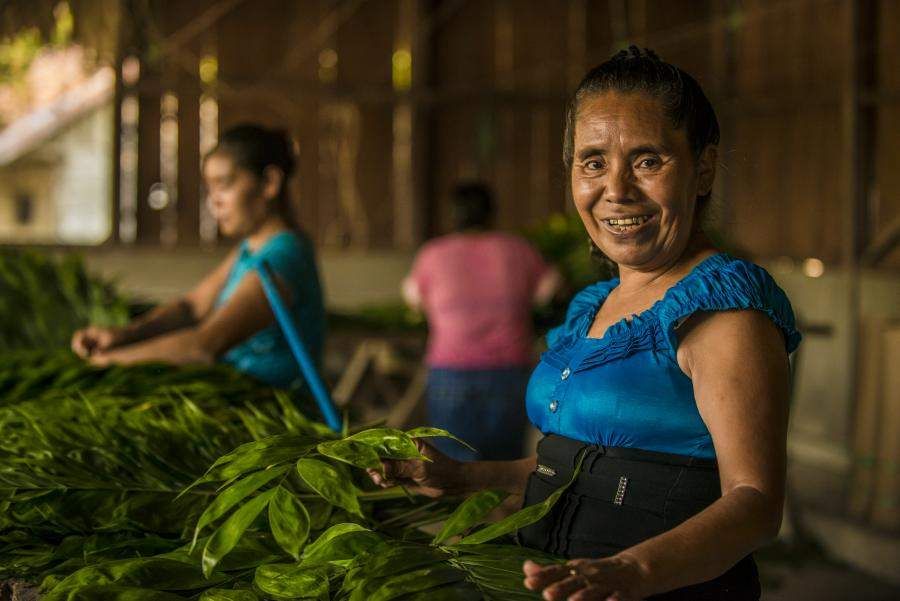
Project Objectives
Climate, Nature and Communities in Guatemala (CNCG), led by the Rainforest Alliance, was designed to help Guatemala strengthen its ability to address climate change through an integrated approach that combines value chain development and sustainable natural resource management, local piloting of market-based models for biodiversity conservation, the strengthening of key institutional actors, and improving national policies and laws.
Locally, field activities are underway in four regions of Guatemala: the Maya Biosphere Reserve, the Sierra de las Minas Biosphere Reserve, the departments of Alta Verapaz and Baja Verapaz, and the five departments of the Western Highlands (Huehuetenango, San Marcos, Quetzaltenango, Totonicapán, and Quiché).
The project’s primary objectives are to:
- Strengthen market-driven conservation strategies.
- Support the development and implementation of REDD+ strategies.
- Enhance adaptive capacity to the impacts of climate change.
- Strengthen the capacities of local NGOs working on natural resource management.
- Support the initial stages of a Guatemalan-led Low Emission Development Strategy (LEDS).
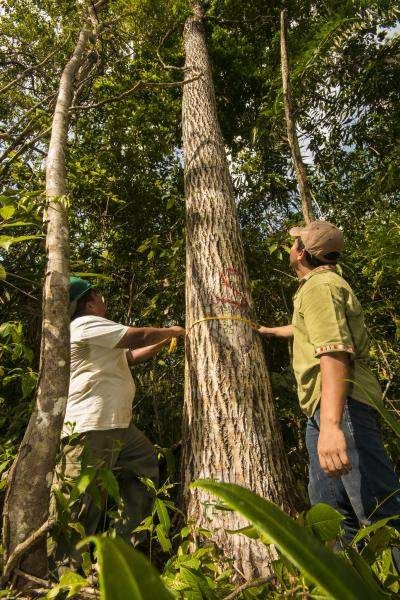
Partner communities
- Local communities and business.
- Forestry concessions.
- Environmental NGOs.
- Rural small and medium-sized enterprises (SMEs).
- Government institutions such as the environment and natural resources, economy, energy and mining ministries; the Protected Areas Secretariat, the National Forestry Institute, and the National Competitiveness Program.
Goals/Desired Impacts
- Support local communities and businesses to generate US$75 million in total sales of products and services related to sound natural-resource management.
- Generate 44,000 jobs.
- Sustainably manage and/or restore over 800,000 hectares, including over 450,000 under Forest Stewardship Council (FSC) certification in the Maya Biosphere Reserve.
- Establish an information system on climate change and its impacts that is accessible to communities, local governments, the private sector, and civil society groups, with an emphasis on the Western Highlands.
- Develop at least five integrated watershed management plans to promote good practices, reducing vulnerability and improving adaptation to climate change.
- Develop 10 demonstration sites, in partnership with AGEXPORT and ANACAFE, where climate adaptation practices are introduced into agricultural value chains.
- Establish a voluntary carbon-mitigation platform in Guatemala (REDUZCO2).
- Deliver key inputs to the national REDD+ program, including: development of national REDD+ strategy, safeguards system, and subnational baselines; develop four voluntary REDD+ carbon projects and sell resulting carbon credits.
- Build the institutional capacity of 11 Guatemalan environmental NGOs.
CNCG is performing the following strategic activities to reach these goals:
- Create and strengthen sustainable and socially inclusive value chains in timber products, NTFPs, and environmental services.
- Manage natural resources under a sustainable landscape approach to strengthen resiliency of communities and ecosystems.
- Develop a framework to support the implementation of the national REDD+ strategy.
- Develop a national system for REDD+ monitoring, reporting, and verification (MRV).
- Strengthen technical and financial structures to implement projects reducing greenhouse gases (GHGs).
- Improve governance to address climate-related risks.
- Pilot, evaluate, and implement effective adaptation methods and systems to address climate-related risks.
- Strengthen capacity of Guatemalan organizations to enable them to contribute to Guatemala’s national environmental management goals directly.
- Facilitate commitments by the government of Guatemala and the United States government on a LEDS pathway for Guatemala to identify early actions for low-emissions development.
CNCG Consortium
- Rainforest Alliance
- World Wildlife Fund
- The Nature Conservancy
- Fundación Defensores de la Naturaleza
- Universidad del Valle de Guatemala
Subgrantees
- Asociación del Corredor Biológico del Bosque Nuboso
- Asociación de Comunidades Forestales de Peten (Acofop)
- Asociación de Forestería Comunitaria de Guatemala Utz´ Ché
- Asociación de Organizaciones de Los Cuchumatanes (Asocuch)
- Fundación Calmecac
- Federación de Cooperativas de Las Verapaces (Fedecovera)
- Fundación Lachuá (Fundalachuá)
- Fundación Naturaleza para la Vida (FNPV)
- Fundación para el Ecodesarrollo y la Conservación (Fundaeco)
- Fundación Propetén
- Sotz´il
- Wildlife Conservation Society (WCS)
- Winrock International
Funder
United States Agency for International Development (USAID)
Rainforest Alliance Contact
Oscar Rojas, CNCG director orojas@ra.org


